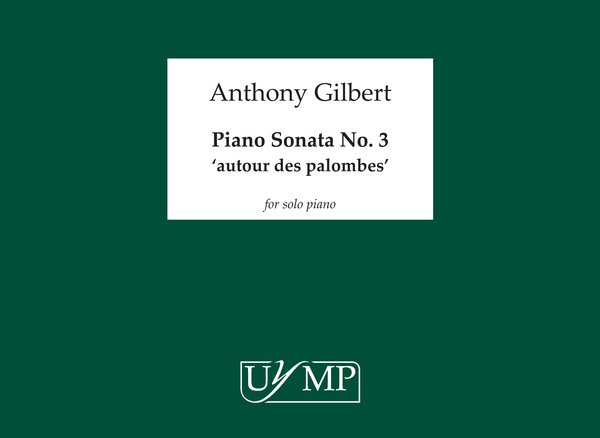I broadly conceived the music in 1984 in the wake of a Master’s thesis on birdsong but only wrote it down in full in the summer of 2001, so this sixteen-minute Sonata has been quite long in the germination. It was composed for Peter Lawson, who has given such superb performances of Towards Asávari, a chamber concerto I had written for him in 1978.
The work’s linked movements:
Chant + chorale: désinvolte / airy
Heterophony: flottant / floating
Monody: voletant ... / fluttering
et puis Volant / flying
frénétique! / frantic!
agité / fitful
Chorale-variation 1: fléchissant / flexing
Chorale-variation 2: caressant / feelingly
Branle: volatil / flashing, fleeting
are a succession of six extended variations on the opening sounds – fragments of birdsong-like melody and a caressing chorale phrase, dropped into long silences. The structure of all the material, though never literally quoting birdsong, is modelled on it in cellular fashion and has a similar constant reference to focal pitches – notably high F-sharp and A, and an insistent measured trill on middle E. The trill has an additional function as link between variations.
The music is exploratory, almost improvisatory in spirit rather than goal-oriented. Nonetheless it steadily grows in animation throughout, from a slow and suspended opening through to the final noisy dance, with a brief relaxation in Chorale-variation 2.
The Sonata is a tribute in friendship and deep affection to the composer and ornithologist David Lumsdaine, from whose music and free-ranging approach to composition I have learnt so much over nearly four decades.
Why the French? . . . because the seeds of the Sonata came floating in one morning in the Périgord while watching accipiter gentilis, the goshawk, ranging over a valley; the work’s subtitle has always been the evocative and contextually appropriate French name for that magnificent bird: autour des palombes.




